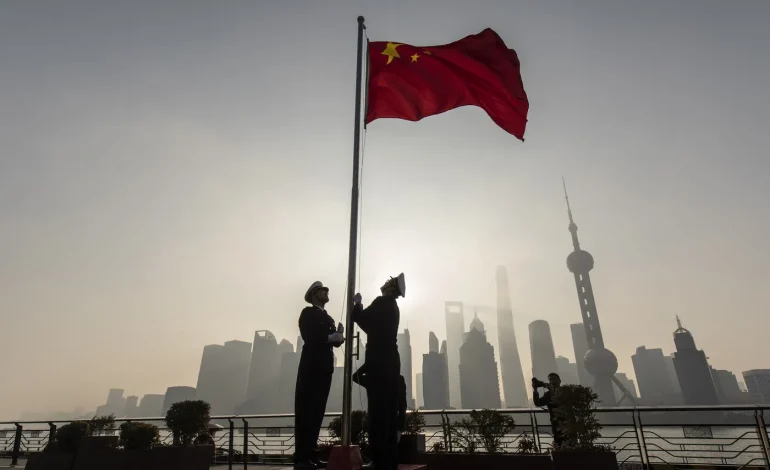China’s recent economic stimulus efforts are beginning to show positive effects, with factory activity seeing unexpected growth after five months of decline, Bloomberg reports.
This slight improvement in manufacturing signals that stimulus measures may be helping the economy shift towards a higher growth trajectory. However, while the industrial sector shows early signs of recovery, other parts of China’s economy remain under strain, particularly as exports continue to lag. The government’s challenge is now to foster domestic spending as consumer confidence remains cautious.
Beijing’s stimulus push aims to tackle these issues by injecting capital into strategic industries and promoting consumer-driven growth. Yet, for some economic analysts, a trade conflict escalation with the United States may play a pivotal role in refocusing China’s economic priorities. Weijian Shan, Executive Chairman of PAG, one of Asia’s largest alternative asset managers, suggested in a recent Bloomberg Intelligence podcast that increasing trade tensions might eventually encourage China to rely more on domestic consumption for growth, thereby lessening its dependence on exports.
While the impact of the stimulus has been modest so far, China’s regulatory climate continues to shift. In a recent example, the ongoing regulatory scrutiny has extended to Leon Wang, president of AstraZeneca’s operations in China, who is now under investigation, raising questions about the multinational’s long-term position in one of its key markets.
These complex dynamics come as other global economic players also navigate shifting policy landscapes. The Bank of Japan, for instance, has signaled potential rate hikes as it monitors evolving risks in the US, while South Korean tech giant Samsung has managed to stabilize its stock performance after securing advanced AI memory chip certification with Nvidia, despite seeing a temporary profit slump.









